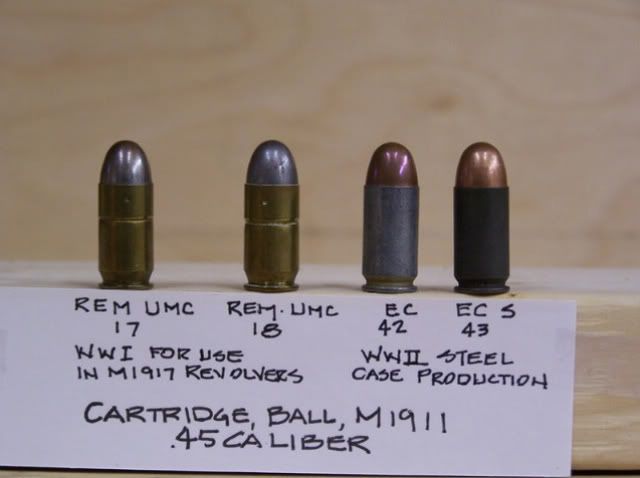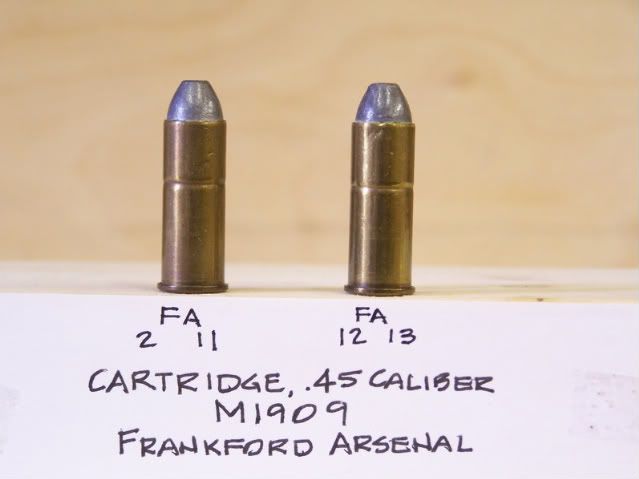SR, others differ, but I prefer to not use ammo which has the bullet set back in the case. Both due to the potential for increased pressure, and the second round stoppage Defariswheel mentioned. FWIW, for years I was issued Remington .45 ACP standard pressure, and 9mm +P, that one had to be careful with as regards bullet set back. If I chambered this ammo more than once, the bullet would often demonstrate measurable set back. I guess I shouldn't be surprised. It is my understanding that manufacturers only intend their pistol ammo to be chambered once.
BTW, Just out of curiosity, I once ordered some Remington 9mm +P+ from a police supply to test. I was interested in chronographing it to see how much velocity might differ from our issued +P ammo. The ammo I received had bullets obviously seated to different overall lengths, no precise measuring with a dial caliper required to see this. In the interest of science, I decided to chronograph it anyway. Velocities were erratic as expected. It's been a while, but I did mic it, IIRC, bullet seating depths varied as much as .050" or so. I suspect the ammo I received had been declined, or returned, by a LE organization as being out of spec., due to the bullet seating issue I mentioned. I was not tempted to purchase more of that particular ammo....


